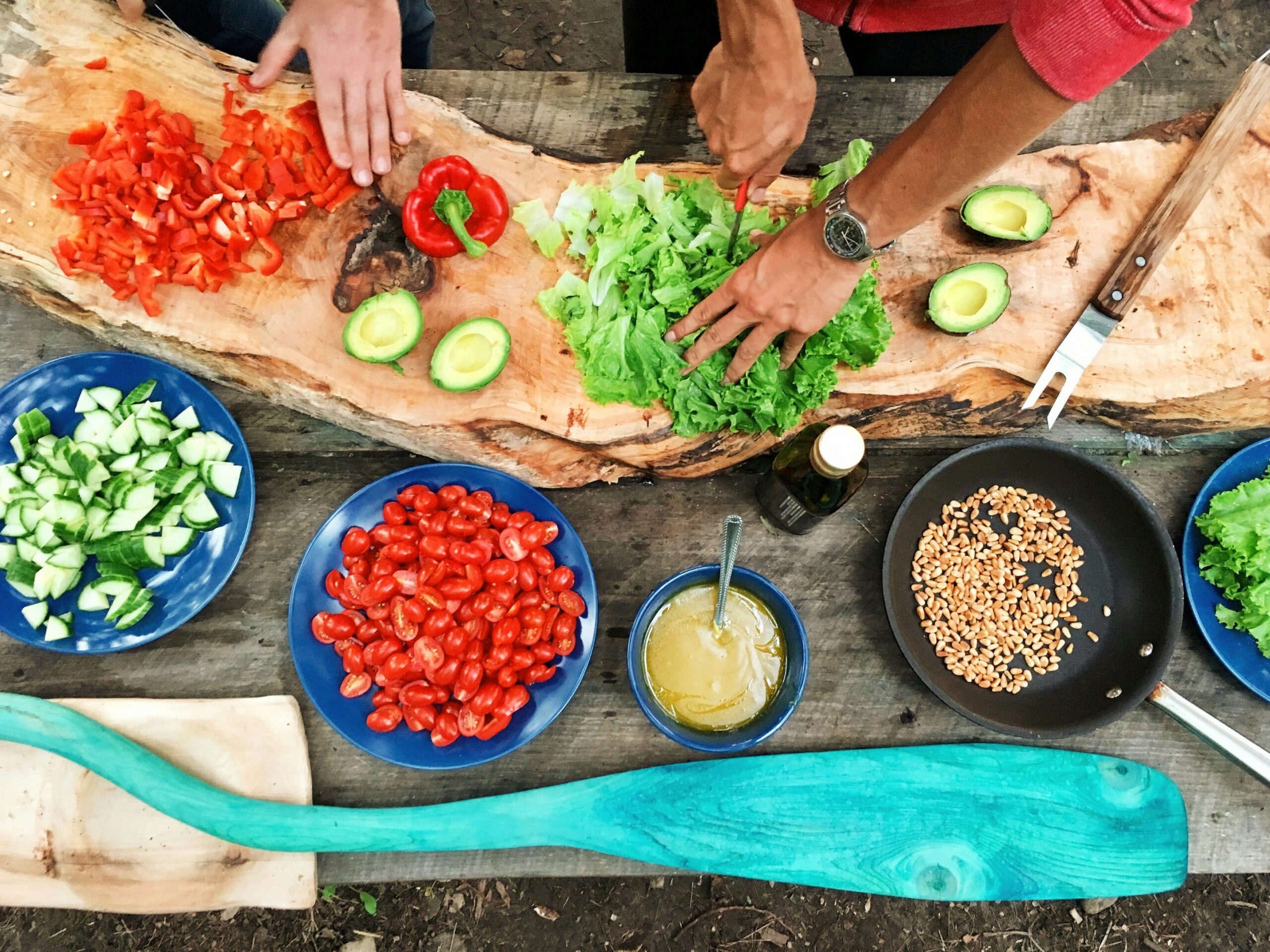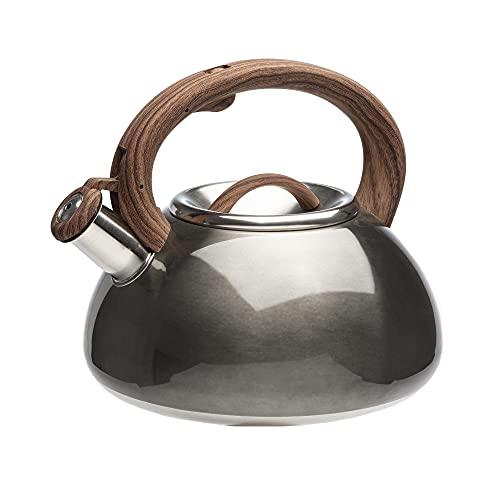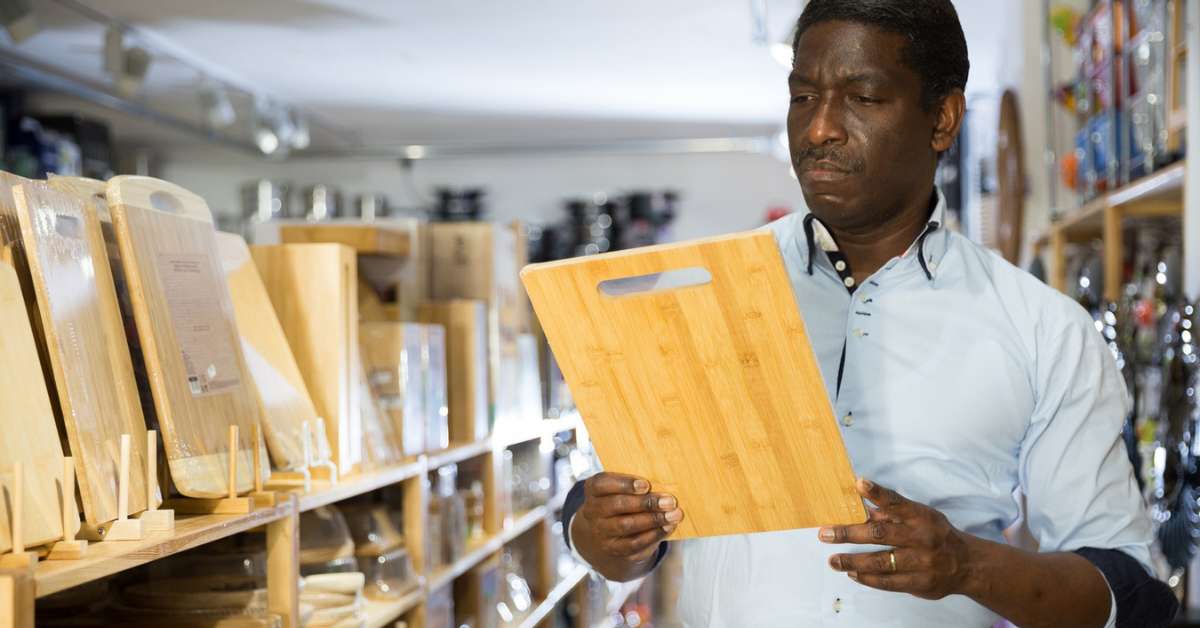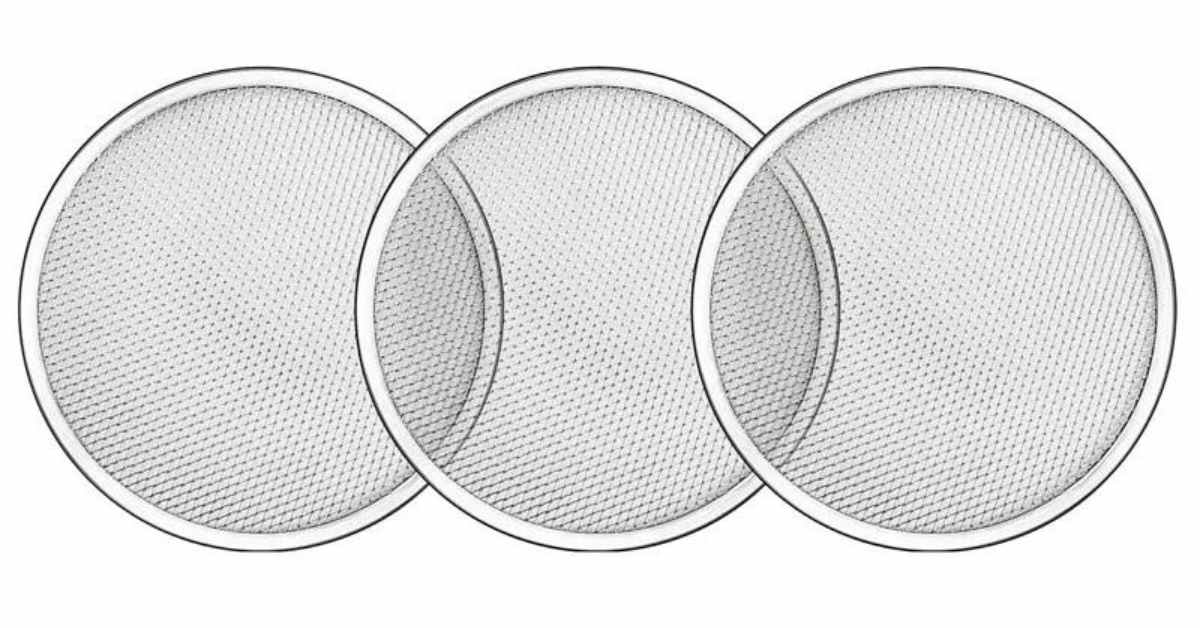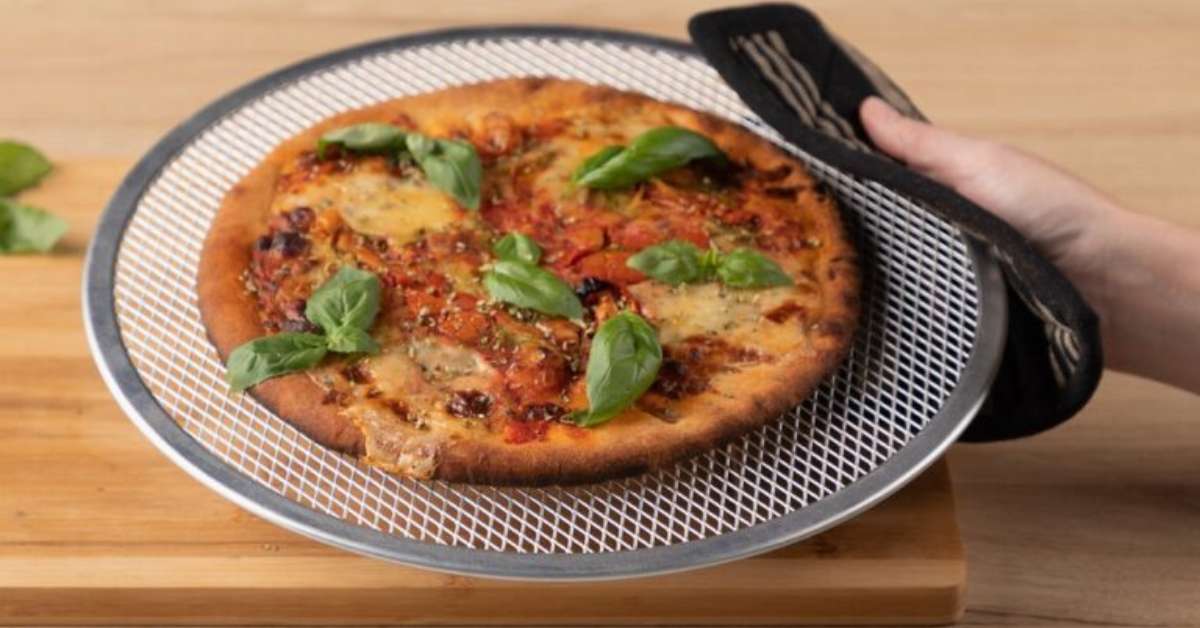Parchment paper doesn’t burn because it is heat-resistant and coated with silicone, preventing it from reacting to high temperatures. Parchment paper in cooking or baking provides a non-stick surface, making it ideal for various recipes.
Parchment paper is also reusable, making it a cost-effective and environmentally friendly choice. When cooking or baking, you want to ensure that your food doesn’t stick to the pan and that the cooking process is smooth. That’s where parchment paper comes in handy.
It’s a non-stick baking paper made from an advanced silicone coating that provides a protective barrier between your food and the hot surfaces. This high resistance to heat means that parchment paper doesn’t burn or catch fire at commonly used cooking temperatures.
As a result, it offers a safe and convenient solution for lining baking sheets, cake pans, and other cookware. Not only does parchment paper prevent your food from sticking, but it also makes clean-up a breeze. Plus, it’s reusable, making it an economical and eco-friendly choice for your kitchen.
Table of Contents
ToggleWhat Is Parchment Paper And Its Composition
Parchment paper is a non-stick cooking paper made from cellulose fibres and a silicone coating. This composition prevents it from burning even at high temperatures, making it a valuable tool in the kitchen for various purposes.
Parchment paper, also known as baking paper or bakery release paper, is a kitchen essential that significantly prevents our baked goods from sticking to the pan. But have you ever wondered what parchment paper is made of and why it doesn’t burn?
Let’s explore the definition and composition of parchment paper together.
Definition And Use Of Parchment Paper:
Parchment paper is a coated paper from cellulose fibres derived from plant materials. It is typically available in rolls or sheets and has a smooth, non-stick surface on both sides. This versatile paper is commonly used in baking and cooking for various purposes, including:
Preventing sticking: Parchment paper acts as a barrier between the baked goods and the pan, preventing them from sticking and enabling easy removal without damage.
Even heat distribution: Due to its excellent heat resistance, parchment paper ensures that heat is evenly distributed throughout baking, preventing uneven cooking or browning.
Reduced grease: Parchment paper can reduce the need for greasing pans, making it a healthier option with less added fats or oils.
Explanation Of Parchment Paper’s Composition And Properties:
Parchment paper is composed of:
Cellulose fibres: Parchment paper is primarily made from cellulose fibres obtained from plants such as wood or cotton. These fibres provide strength and durability to the paper.
Silicone coating: To make the paper non-stick, a silicone coating is applied to both sides of the parchment paper. This coating prevents the baked goods from sticking to the paper, making it easier to remove them effortlessly.
Heat resistance: Parchment paper is designed to withstand high temperatures without burning or melting. The silicone coating provides a protective barrier, ensuring the paper retains its integrity during baking.
Waterproof properties: Parchment paper has inherent waterproof properties, preventing moisture from seeping through and affecting the texture or quality of the baked goods.
Food-grade quality: Parchment paper is manufactured using food-grade materials, ensuring it is safe for direct contact with food and does not transfer harmful substances.
Parchment paper is a cellulose-based paper coated with a silicone layer to provide a non-stick surface and heat resistance. Its composition allows for even heat distribution, easy release of baked goods, and reduced greasing requirements, making it an essential tool for every kitchen.
Understanding Parchment Paper’s High Heat Resistance
Parchment paper’s high heat resistance prevents burning due to its unique composition and non-stick surface, making it an essential kitchen tool for various cooking and baking applications.
Explanations Of The Properties That Make Parchment Paper Resistant To High Heat
Parchment paper has long been a staple in baking and cooking, but have you ever wondered why it doesn’t burn when exposed to high heat? Let’s dive into the properties that make parchment paper incredibly heat resistant.
Why Does Parchment Paper Withstand High Oven Temperatures?
Heat resistance: Parchment paper is treated with a silicone coating, which gives it excellent heat resistance. This coating prevents the paper from catching fire or burning in high temperatures.
Non-stick surface: The silicone coating on parchment paper also creates a non-stick surface, allowing food to be quickly released without leaving residue behind. This non-stick property is particularly beneficial when baking delicate items like cookies or pastries.
Moisture resistance: Parchment paper is both water and oil-resistant. This means that even when it comes into contact with oils or liquids, it remains structurally intact. The moisture resistance also helps to prevent the paper from burning or smoking at high oven temperatures.
Thermal conductivity: Parchment paper has a low thermal conductivity, meaning it does not quickly conduct heat. Instead, it is a protective barrier between the heat source and cooked food. This slow heat transfer prevents the paper from reaching its ignition point.
Durability: Parchment paper is designed to withstand the rigours of baking and cooking. It can be used multiple times before it needs to be replaced, making it both cost-effective and environmentally friendly.
The Role Of Silicone Coating In Preventing Burning
Due to its heat-resistant properties, the silicone coating is critical in preventing burning. Unlike parchment paper, silicone coating forms a protective barrier that withstands high temperatures without burning or sticking, making it an ideal choice for baking and cooking.
Exploring How Silicone Coating Adds A Protective Layer To Parchment Paper
Due to its exceptional heat-resistant properties, the silicone coating prevents parchment paper from burning. Let’s delve deeper into how this coating provides a protective layer, ensuring your baking endeavours end with perfect results.
- Silicone forms a barrier: Acting as a barrier between the parchment paper and the heat source, the silicone coating prevents direct contact, minimizing the chances of burning.
- Heat resistance: Silicone is renowned for its high resistance to heat. This quality allows it to withstand high temperatures without melting or degrading, keeping your parchment paper intact during baking.
- Even heat distribution: The silicone coating on parchment paper helps distribute heat evenly across the surface. This ensures that no particular area is exposed to excessive heat, reducing the risk of burning.
- Non-stick properties: The non-stick nature of silicone creates a smooth surface on the parchment paper. This prevents food from sticking to the paper and burning, making it easier to release baked goods without any mess.
- Enhanced durability: The silicone coating adds durability to parchment paper, making it more resilient and resistant to tearing or breaking. This durability allows the paper to withstand temperatures for extended periods without burning or disintegrating.
Silicone coating acts as a protective layer on parchment paper, preventing burning by creating a barrier, distributing heat evenly, and providing non-stick properties. Its heat resistance and enhanced durability make it an ideal choice for baking.
Now, you can bake confidently, knowing that your parchment paper will remain unburned and deliver exceptional results every time.
Other Benefits Of Parchment Paper
Parchment paper doesn’t burn due to its heat-resistant properties, making it a reliable choice for baking and cooking. In addition to preventing food from sticking, it offers the convenience of easy clean-up and can be reused multiple times.
Superior Non-Stick Properties
Parchment paper offers a remarkable advantage over other alternatives with its superior non-stick properties. Here’s why it’s a game-changer in the kitchen:
- Effortless release: The non-stick surface of parchment paper makes it a breeze to release delicate baked goods and dishes without any residue or sticking. Enjoy flawless cookies, cakes, and pastries with ease.
- No mess or clean-up: Say goodbye to scrubbing stubborn food remnants off your pans. You can lift off your baked goods with parchment paper, leaving your bakeware clean and ready for the next creation.
- Even heat distribution: Parchment paper’s ability to distribute heat evenly ensures that your food bakes uniformly. This results in consistent and delectable results each time.
Versatility For Various Cooking And Baking Tasks
Parchment paper’s versatility makes it an indispensable tool for many culinary endeavours. Here’s how this all-purpose kitchen essential can enhance your cooking and baking experiences:
- Easy food separation: Use parchment paper to separate layers of ingredients in items such as burgers, dumplings, or deli meats. No more struggling to disentangle stacked things—each layer stays intact.
- Hassle-free roasting and baking: Whether roasting vegetables or baking fish, parchment paper’s non-stick properties ensure effortless food removal. It also prevents direct contact between food and the pan, resulting in less mess and better browning.
- Perfectly shaped parchment packets: Create parchment paper packets for cooking delicate fish, vegetables, or chicken—this cooking technique seals in flavours and moisture, resulting in succulent and delicious meals.
Environmental Advantages Over Alternative Options
Apart from its culinary advantages, parchment paper offers environmental benefits compared to alternative options. You’re making a small but meaningful contribution to a greener planet by choosing parchment paper. Here’s why it’s an eco-friendly choice:
- Biodegradable and compostable: Parchment paper is made from natural materials and is biodegradable and compostable. It breaks down quickly, minimizing its impact on landfills.
- Reduced need for cooking sprays and oils: With parchment paper’s non-stick properties, there’s no need for excessive cooking sprays or oils, reducing the amount of waste produced and promoting healthier cooking habits.
- Versatile and reusable: Parchment paper can often be reused several times, depending on the recipe and its condition. After each use, wipe it clean and fold it away for future culinary adventures.
Parchment paper’s superior non-stick properties, versatility in the kitchen, and environmental advantages make it an indispensable tool for avid bakers and cooks alike. Embrace the convenience and benefits of parchment paper in your next culinary masterpiece.
Best Practices For Using Parchment Paper To Avoid Burning
Parchment paper is a valuable tool in the kitchen because it doesn’t burn quickly. Its unique composition and non-stick properties make it safe to use at high temperatures without the risk of burning your food. Take advantage of this best practice to avoid burning your dishes and ensure delicious results every time.
Parchment paper is a versatile kitchen tool often used for baking and cooking. One of its most impressive qualities is its ability to withstand high temperatures without burning. Keep reading if you’re wondering why parchment paper doesn’t burn and how to use it effectively to avoid mishaps.
This section will explore the best practices for using parchment paper and offer valuable tips and tricks.
Tips And Tricks For Using Parchment Paper Effectively:
Proper handling and storage: To ensure the best performance from your parchment paper, follow these tips:
- Store it in a cool, dry place to prevent moisture absorption.
- Avoid exposing it to direct sunlight or heat sources, which can compromise its quality.
- Handle parchment paper with clean, dry hands to prevent oil or moisture transfer.
Preparing the baking sheet: Before placing the parchment paper on the baking sheet, consider these pointers:
- Trim the paper to fit the pan properly, leaving a slight overhang for easy removal.
- If your recipe requires a greased pan, apply a thin layer of cooking spray or butter before laying down the parchment paper.
- Smooth out any wrinkles or creases on the paper to create an even surface for baking.
Proper positioning: The way you position parchment paper in the oven can significantly impact its performance:
- Ensure the parchment paper is centrally located on the baking sheet, leaving enough space for air circulation.
- Avoid covering the entire baking sheet with parchment paper, which may hinder the browning and crisping.
Monitor the temperature: While parchment paper can withstand high temperatures, it’s essential to keep an eye on the heat levels:
- Follow the recommended temperature guidelines provided by the parchment paper manufacturer.
- Be cautious when using parchment paper in broiling or high-temperature settings, as it may discolour or char.
Avoid excessive overhang: Although leaving a slight overhang is beneficial for easy removal, excessive overhang can cause burning or flare-ups in the oven:
- Trim any excess parchment paper that extends beyond the pan’s edges to prevent contact with the oven’s heating elements.
Multiple uses: Parchment paper can be reused for specific tasks. Here are a few ideas:
- After baking, gently wipe off any excess oil or food residue from the parchment paper with a cloth or towel. If necessary, rinse it with mild soap and warm water. Ensure it is scorched before reuse.
- Parchment paper can also be used for wrapping foods like sandwiches, cheese, or baked goods to maintain freshness.
Experiment with parchment paper alternatives: If you don’t have parchment paper on hand, you can try these alternatives:
- Silicone baking mats offer similar non-stick properties and are reusable.
- Aluminium foil can be used as a substitute, although it doesn’t provide the same non-stick benefits.
Remember, using parchment paper correctly and following these best practices can help you avoid burning and achieve excellent baking results. Enjoy this kitchen staple’s convenience and efficiency, and explore its versatile uses beyond baking.
Frequently Asked Questions Of Why Doesn’T Parchment Paper Burn
Why Doesn’t Parchment Paper Burn?
Parchment paper doesn’t burn because it has a unique production process that makes it heat resistant.
Can I Use Any Parchment Paper In The Oven?
Not all parchment papers are oven-safe, so using parchment paper specifically designed for baking is essential.
How Does Parchment Paper Work In Baking?
Parchment paper creates a non-stick surface, preventing food from sticking to the baking sheets and making clean-up easier.
Is Parchment Paper The Same As Wax Paper?
No, parchment paper is different from wax paper. Parchment paper can withstand high temperatures, while wax paper cannot.
Can I Reuse Parchment Paper?
Parchment paper can be reused as long as it is not heavily soiled or burnt. Make sure to check for any signs of damage or burning before reusing.
Conclusion
Parchment paper is a kitchen staple that has gained popularity for its ability to withstand high temperatures without burning. This versatile tool provides a non-stick surface for baking and cooking, making clean-up a breeze. The secret lies in the paper’s composition, which is treated with a silicone coating that adds durability and heat resistance.
This coating prevents the paper from burning or sticking to food, resulting in perfectly cooked dishes and effortless release. Parchment paper is also eco-friendly, as it can be composted after use. Whether baking cookies, roasting vegetables, or wrapping fish for grilling, parchment paper is a reliable solution that ensures your food is cooked to perfection without any unwanted burnt edges.
So, next time you’re in the kitchen, reach for this trusty tool and enjoy its benefits to your culinary adventures.


